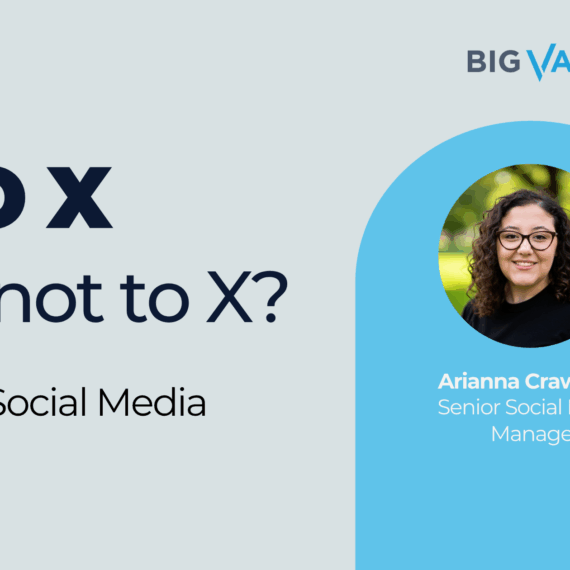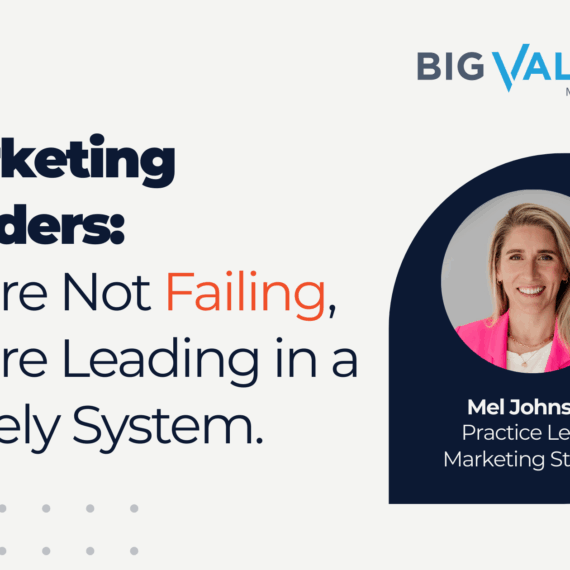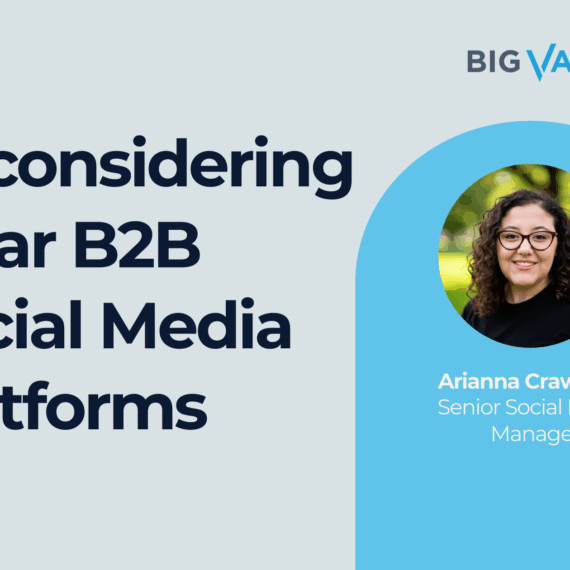As a long-time content marketer and public relations guy, I was intrigued — and conflicted — to see this headline yesterday:
PR is 80% more effective than marketing
Skipping past the headline capitalization issues (“Is” should be and “than” should not), half of me screamed “yes” and half of me sighed “oh no.” Then the data junkie in me rallied around the certainty of “80% more effective.” Time to dig a little deeper.
The key with any study like this is to get past the headlines and ground yourself in the data, including the definitions and methodology behind it. In this case, I was pleasantly surprised with the clarity and robustness of the study (conducted by Nielsen and commissioned by inPowered). Specifically, the study was lab-based (not survey-based) and evaluated the impact of three content types — expert content, user reviews and branded content — on 900 consumers over several months. Impact was evaluated across three vectors — familiarity, affinity and purchase consideration. Not exactly the sales/marketing funnel, but relatable.
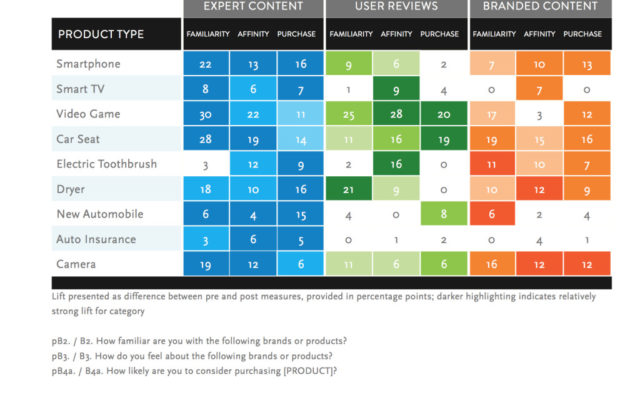
The bottom line: Expert content was the most effective in all three impact areas — specifically 88% more effective than branded content in driving familiarity, 50% more impact on affinity and 38% more on purchase consideration. User reviews had reasonable impact on affinity and familiarity, but surprisingly low impact on purchase consideration. Branded content had similar impact on all three vectors.
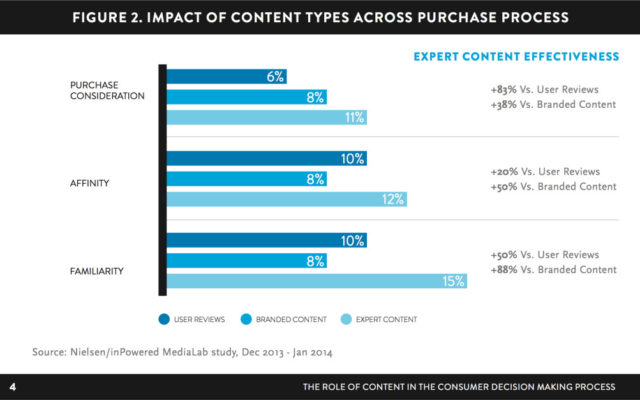
Re-interpreting the results based on my own experience and analysis with hundreds of companies, this *is* definitely good validation for the impact good public relations can have on audiences, including sales and reputation and other business outcomes. However, it should *not* be distorted by “silo advocates” to claim one-upsmanship for their discipline. If anything, the lesson of digital and social marketing is the need to *integrate* and *orchestrate* not separate. All marketing disciplines should use this data — together — to plan and program the most impactful content that will drive conversation, engagement and conversion across all available channels (online and offline).
Equally important, this data reinforces that public relations and social media shouldn’t be seen simply as “awareness” disciplines — that earned media and third-party credibility have powerful impact later in the marketing funnel (consideration, preference, loyalty) as well as longer-term impacts (reputation, advocacy and brand equity) that are typically overlooked. Regardless of your traditional discipline, it’s time to re-mix marketing and use data, strategy and creativity — not functional heritage or channel bias — to guide the path forward.




